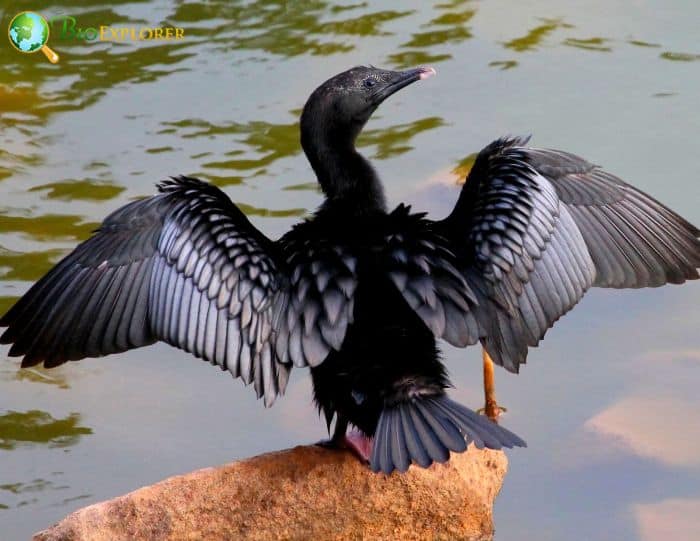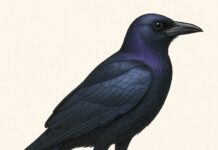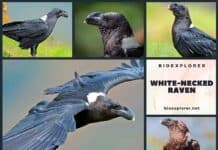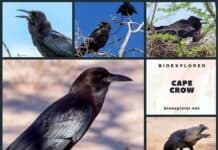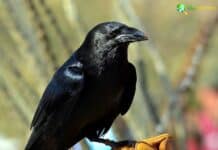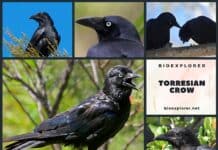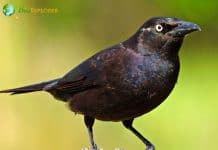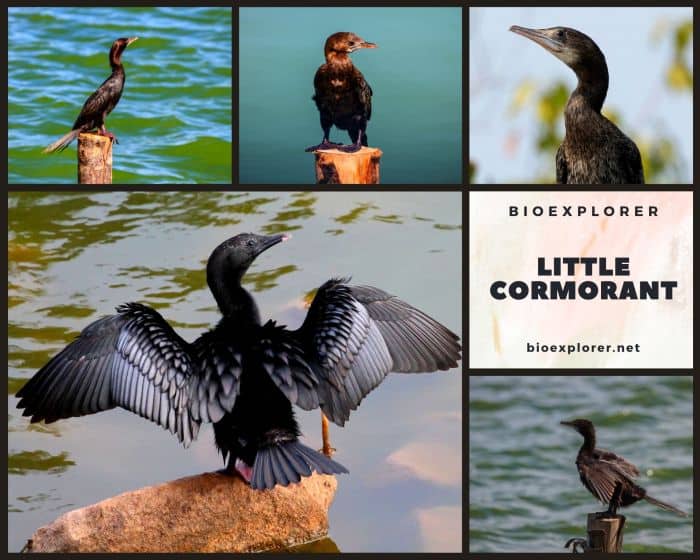
This black seabird is widely dispersed throughout the Indian Subcontinent. It continues east to Java, where it is occasionally referred to as the Javanese cormorant. It sometimes lives in wetlands, including tidal estuaries, tiny village ponds, and huge lakes.
Table of Contents
Little Cormorant Physical Characteristics
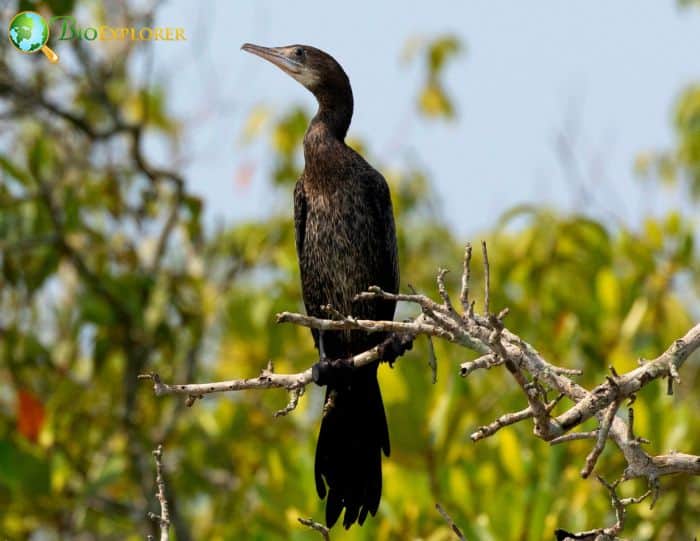
The little cormorant, slightly smaller than its counterpart, the Indian cormorant, has distinctive physical attributes that set it apart. Here are the key characteristics of the little cormorant:
- Size: Typically measuring between 50 and 55 cm in length, the little cormorant is relatively compact.
- Bill: It has a smaller bill compared to the Indian cormorant. The bill is predominantly black during the breeding season[1] but may exhibit a lighter color outside this period.
- Head and Neck: The little cormorant displays a unique profile with its rectangular head and shorter neck. In contrast, the Indian cormorant exhibits a more peaked head shape.
- Plumage: During the breeding season, the little cormorant showcases a black body adorned with brownish feathers and a small crest on the fore crown[2]. Breeding adults exhibit lustrous black plumage, often complemented by white patches and filoplumes on their faces. In the non-breeding season, the black plumage takes on a brownish hue, and a white patch may appear on the throat. Additionally, scattered white spots can be observed during the early breeding season.
- Tail: The little cormorant’s tail appears relatively longer than its body.
- Eyes and Feet: Black eyes and black feet are distinguishing features of the little cormorant. In contrast, the Indian cormorant possesses blue eyes.
It is common to witness little Cormorants perched on rocks near the water, spreading their wings after emerging from the water. These birds exhibit gregarious breeding behavior, often joining other waterbirds in heronries or communal nesting sites.
Little Cormorants become noisy during the breeding season
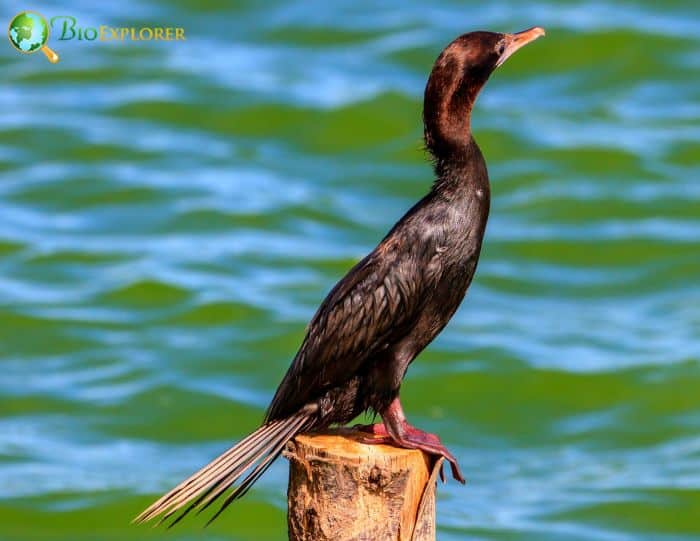
Near their nests and roosts, Little Cormorants communicate actively and make low roaring noises during mating season. They also make low-pitched “kok-kok-kok” and “ah-ah-ah” calls which resemble grunting and groaning noises.
Little Cormorants have identical males and females
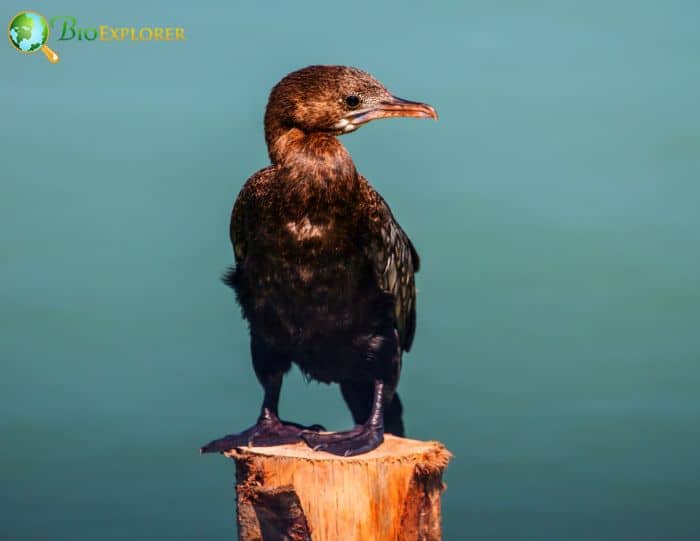
Like many cormorant species, Little Cormorants exhibit sexual monomorphism in plumage, meaning males and females have similar appearances. However, they are sexually dimorphic in size, with males being larger and heavier than females.
This size difference is a reliable indicator for distinguishing between Little Cormorants’ sexes. It is important to note that this characteristic applies specifically to Little Cormorants and may not be true for all Cormorant species.
Little Cormorants are fun to observe
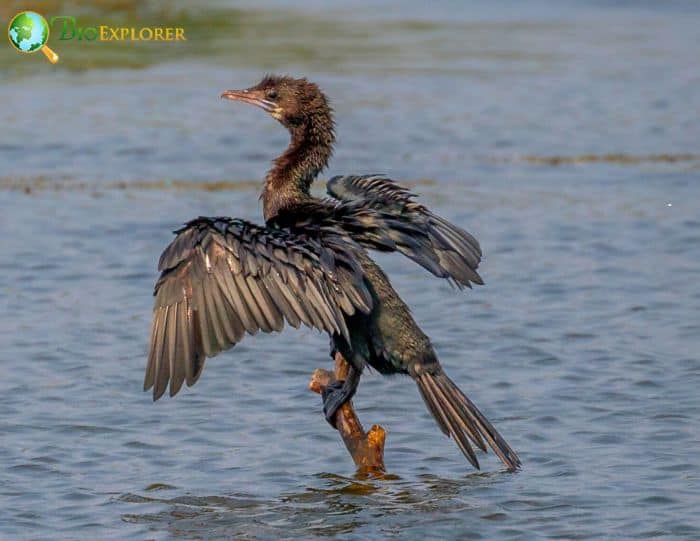
The Little Cormorant is not only an attractive bird but also one that is exciting to watch or observe. Their activities are quite entertaining.
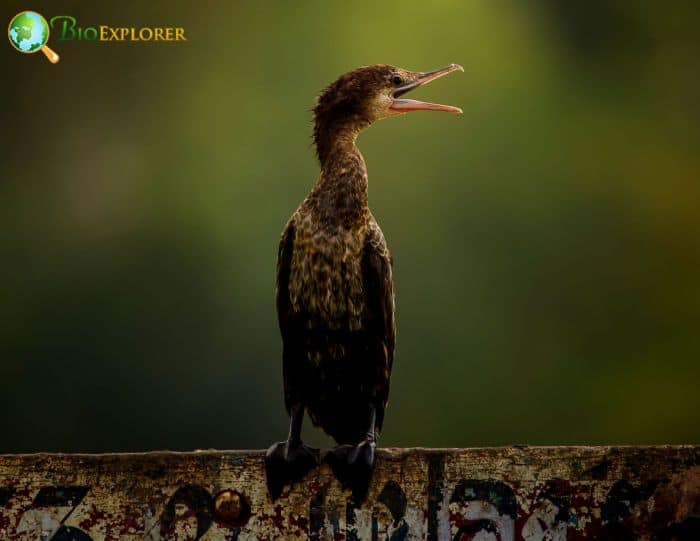
These blackbirds are not aggressive and mix easily with other seabirds. They usually forage in huge flocks and engage in cooperative fishing.
Little Cormorants engage in asynchronous hatching
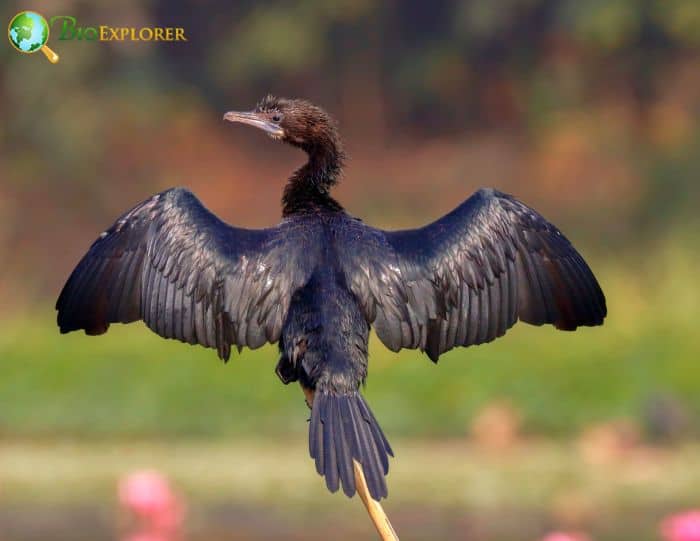
For Little Cormorants, incubation begins when the first egg is laid. As a result, there may be significant age differences among the chicks in a nest due to asynchronous hatching.
Other Black Birds
